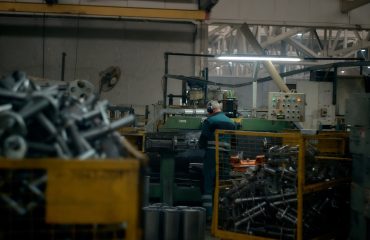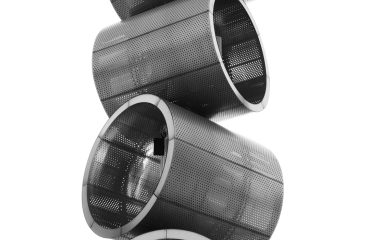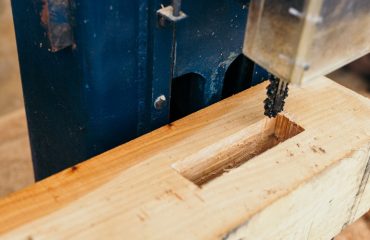body {
font-family: sans-serif;
line-height: 1.6;
}
h1, h2, h3 {
color: #333;
}
img {
max-width: 100%;
height: auto;
}
In the realm of industrial design, the choice of structural elements is paramount. While aesthetically pleasing designs are crucial, the underlying strength and efficiency of the structure are equally vital. Often overlooked, IPN beams (Parallel Flange I-beams) play a significant role in providing robust support and optimal load-bearing capabilities in various industrial applications. This comprehensive guide delves into the world of IPN beams, exploring their characteristics, advantages, and applications within the demanding landscape of industrial design.
Understanding the Anatomy of IPN Beams
IPN beams, also known as parallel flange I-beams, are characterized by their parallel flanges (the horizontal top and bottom sections) and a central web (the vertical connecting section). This distinct shape maximizes their strength-to-weight ratio, making them incredibly efficient for supporting heavy loads. Unlike other I-beam profiles, the parallel flanges of IPN beams simplify design and fabrication processes, especially when it comes to connections and attachments. The dimensions of IPN beams are standardized, allowing for easy selection and calculation of load-bearing capacity. This standardization also contributes to cost-effectiveness and readily available supply.
Material Selection: Steel and Beyond for IPN Beams
While steel is the most common material for IPN beams due to its high strength and durability, other materials are emerging as viable options. Steel’s versatility allows for various grades to be selected based on the specific requirements of the application. Higher yield strength steels offer increased load-bearing capacity, while weathering steels provide enhanced corrosion resistance for outdoor installations. In specialized applications, other materials like aluminum alloys might be considered for their lightweight properties, although they generally offer lower strength compared to steel. The choice of material is heavily influenced by factors like cost, weight restrictions, environmental conditions, and the required lifespan of the structure.
Design Considerations for Optimal IPN Beam Integration
Integrating IPN beams effectively requires careful consideration of several crucial factors. Accurate load calculations are essential to determine the appropriate beam size and material grade to ensure structural integrity. The beam’s span (the distance between supports), the type of load (static or dynamic), and the expected load magnitude all influence the selection process. Furthermore, proper detailing of connections and supports is vital to prevent premature failure. Welded connections are common, but bolted connections offer the advantage of easier assembly and disassembly. Finite Element Analysis (FEA) software can be used for complex designs to simulate stress distribution and optimize the beam placement and sizing.
Applications of IPN Beams in Diverse Industrial Settings
The versatility of IPN beams makes them suitable for a wide range of industrial applications. They are frequently used in the construction of:
- Industrial buildings and warehouses: Supporting roofs, floors, and mezzanines.
- Manufacturing plants: Providing structural support for heavy machinery and equipment.
- Bridges and overpasses: Contributing to the structural integrity of smaller spans.
- Offshore platforms: Used in the construction of supporting structures in demanding marine environments.
- Transportation infrastructure: Supporting elements in railways and roadways.
Their strength and efficiency make them a cost-effective solution for various structural requirements.
Future Trends in IPN Beam Technology and Design
The field of IPN beam technology is constantly evolving. Advancements in material science are leading to the development of stronger and lighter alloys, improving the overall performance of these structural elements. Furthermore, the integration of smart sensors and monitoring systems is enhancing the ability to track the structural health of IPN beams in real-time. This proactive approach allows for timely maintenance and prevents potential failures. The use of advanced computational techniques, such as FEA and machine learning, is also optimizing the design process, allowing for more efficient and sustainable designs.
In conclusion, IPN beams represent a powerful and versatile solution for industrial design challenges. Their strength, efficiency, and ease of integration make them an invaluable component in creating robust and reliable structures. By understanding their characteristics, design considerations, and applications, engineers and designers can harness the full potential of IPN beams to achieve optimal structural performance.
SEO Tags:
- IPN Beams
- Industrial Design
- Structural Engineering
- Parallel Flange I-beams
- Steel Beams




